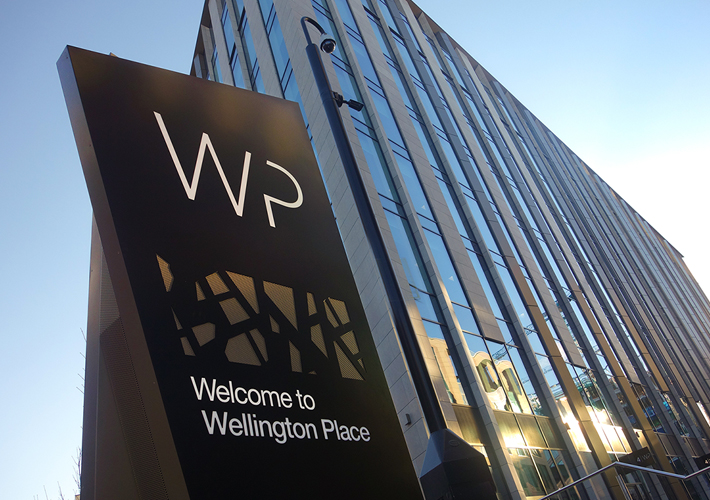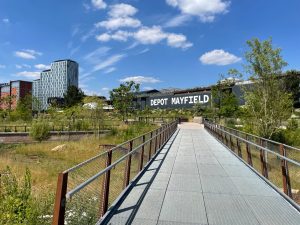The summer holidays are fast approaching and if you’ve not already booked your summer plans, what are you waiting for? If a city break is your idea of the perfect holiday you’re not alone. The UK attracts nearly 40 million visitors each year with the tourist industry set to be worth over £257 billion by 2025.
Many of these visits will focus on our fantastic cities. So what are the essential ingredients to a successful city break? Well, if you’re preparing to pound the streets there’s three things you’re going to need:
- Comfy shoes
- Plenty of places to stop and watch the world go by
- And a sense of where you’re going (even if you’re in wandering mode).
The rise of the city centre neighbourhoods
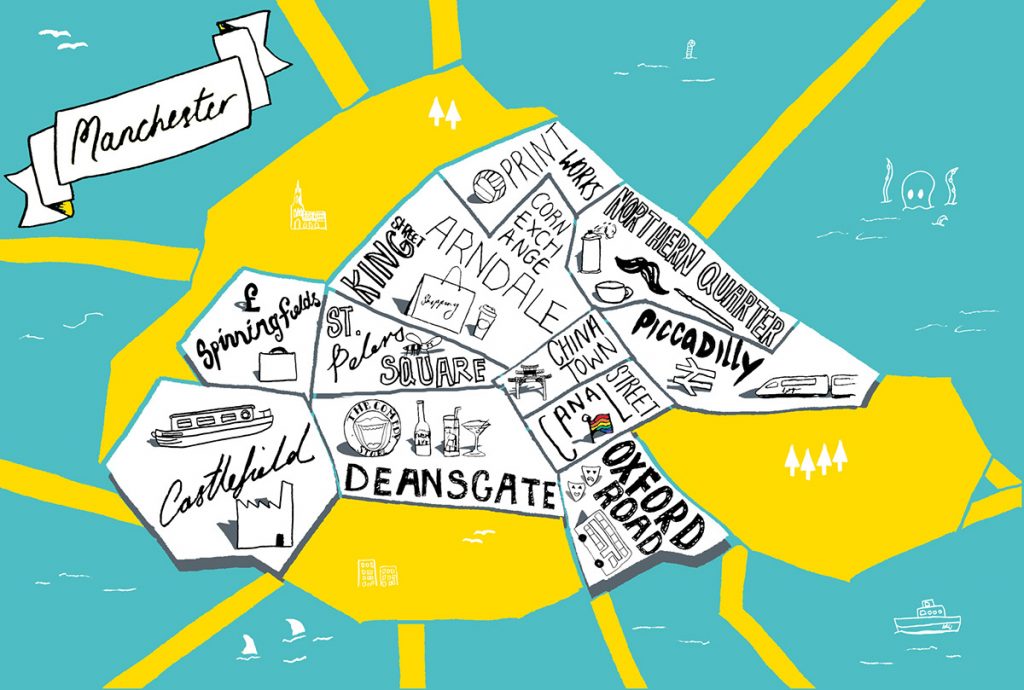
Cities have always comprised sub-areas, places within places. And with a sharp rise in city centre living over the past two decades, these neighbourhoods are popping up all over the place, each with their own sense of character and destination, and each drawing visitors in. Manchester city centre is not simply the city centre. There’s the Northern Quarter, Castlefield and the Gay Village among many others, with new developments joining ranks too like Circle Square and Middlewood Locks over the river Irwell in Salford.
Of course it’s not enough to simply name a place: the process of place branding is crucial in helping to conjure a sense of place and let your visitor know they’ve “arrived”. The website for Manchester’s most recent neighbourhood, St John’s, does this perfectly: exuding feelings of creative flair, expression and community it’s an enticing prospect to visit to be sure.
But the question is, how well can a tourist, visiting a city for the first time perhaps, identify these different neighbourhoods and navigate between them? It won’t the website, no matter how beautifully-crafted, that will determine whether they can find their way, it will be signage. Or lack thereof.
The battle over the Pennines
Two of England’s northern powerhouse cities, Manchester and Leeds, can both expect to attract thousands of visitors this summer, from domestic and overseas visitors. But how does each fare for wayfinding? We’re putting the cities’ wayfinding interventions under the microscope.
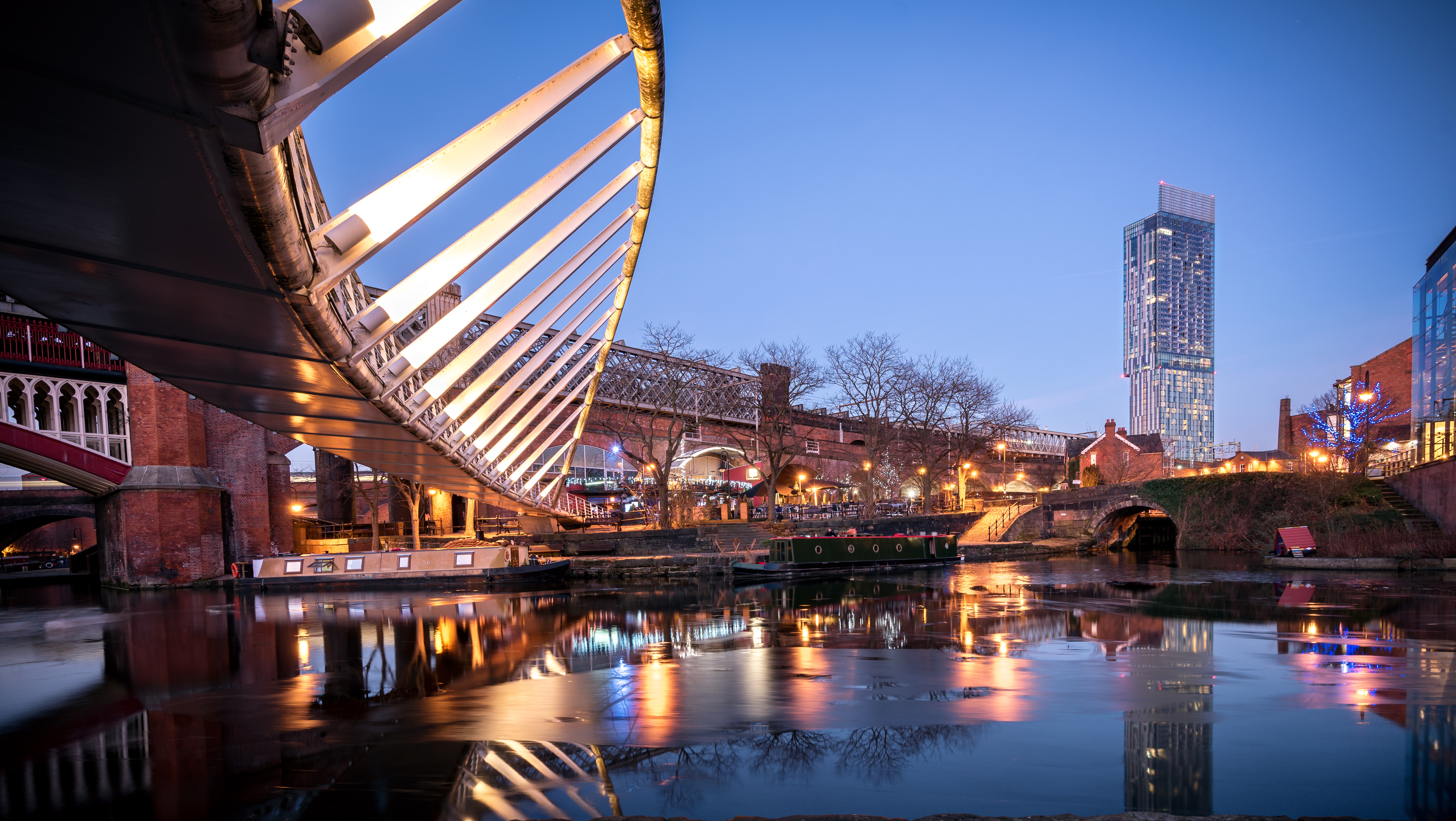
Manchester
Manchester’s city centre is parcelled off into numerous different neighbourhoods, each unique and with plenty to offer. But there’s no single wayfinding strategy in place for the whole city centre.
Yes, it does have a wayfinding scheme of sorts, but it’s far from comprehensive. It was commissioned by Transport for Greater Manchester, rather than the city council itself, and has an inherent focus on connectivity between Manchester’s Piccadilly and Victoria railway stations.
What’s missing is the first piece of the puzzle; a city-centre strategy that considers how people move across the city and what the key destinations are. It also means that there’s been little to no consideration of city centre destinations that are outside of Manchester’s metropolitan boundary (like Middlewood Lock in Salford).
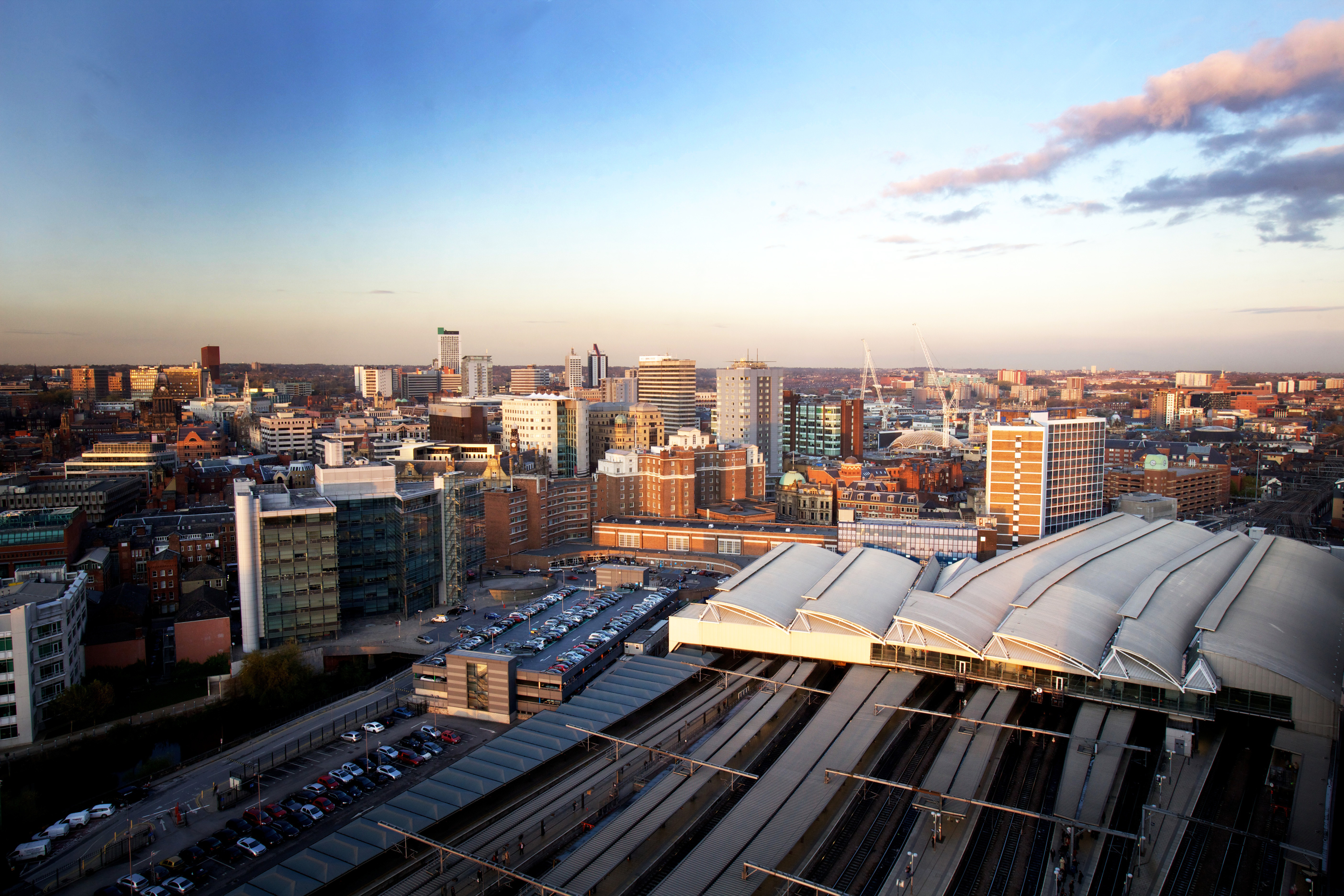
Leeds
By contrast, Leeds city council commissioned a city-centre scheme, which we then worked on in 2016 to update and incorporate newer neighbourhoods, namely the Riverside and South Bank areas.
This was followed by a more focused wayfinding scheme for Wellington Place, one of the city’s newest mixed-use neighbourhoods, close to the railway station. We looked beyond the red line boundary of the development site itself to ensure connectivity between the neighbourhood and the city’s transport nodes and retail core.
Now, we’ve been commissioned to take a closer look at The Junction, a new residential and retail plot nestled within the old viaduct which connects through to Wellington Place.
The pieces of the puzzle slot together because, importantly, the wider scheme was put in place first.
How do we ensure connectivity across places?
In our mind there’s a clear wayfinding-winner between the two cities, so what can we learn from how city-wide wayfinding should be approached?
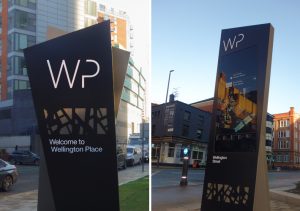
Big picture thinking at the local authority level
We must think like Leeds, not Manchester. Coordinated rather than piecemeal.
A comprehensive city-wide wayfinding strategy will always reap the rewards of logical and clear navigation for visitors, encouraging them to stay a little longer.
Thinking beyond your red line boundary
Wayfinding is too often tacked on at the end of a project, the last thing to be thought of when redevelopment works happen. Developers and estate managers would be better off taking a step back at the outset and seeing how their piece of the puzzle fits in with surrounding land uses.
Having a city-wide wayfinding strategy obviously helps with this but even in its absence, taking the time to acknowledge and sign key destinations that lie beyond your boundaries can help hugely to improve people movement.
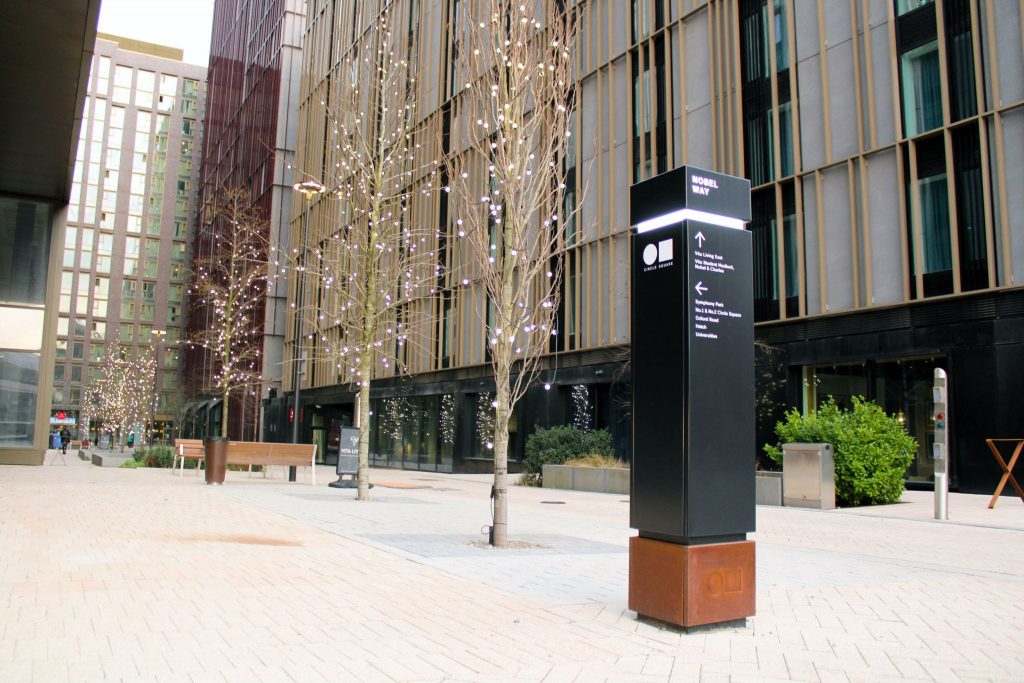
Designing wayfinding strategies that put signage in the right place
Wayfinding is more than just slotting a sign in the ground.
Our strategy work identifies a place’s key destinations to determine where signage should go and what it should point to. Rather than marking every historic building on every sign, less is very often more when it comes to signs. it’s always better to point visitors towards the Cathedral quarter, for example, and then to direct people to individual destinations once they’ve made that step.
The aim is to gently nudge people in the right direction, to choreograph the movement of people.
Designing concepts which are easily adaptable
In vibrant and dynamic cities the destinations will, inevitably, change over time.
So, it’s crucial to design a concept that can easily be adapted later on, when the tourist information office moves to a different building, for example. Because we understand the practicalities of keeping a wayfinding strategy up to date, we design schemes that are pragmatic as well as attractive and work closely with manufacturers at every stage.
Why does this matter?
Because visitors matter. And a visitor’s experience is hugely impacted by how well they can navigate a place.
So, as we brace to welcome tourists to our cities this summer – or even step out to get to know our own city a little better – let’s remember how vital it is to welcome those that make the effort to spend their well-earned holidays in our humble cities. We want them to lose themselves in our wonderful cities – without actually getting lost.
We welcome them by easing their journey, nudging them along on their path and letting them know clearly when they’ve arrived at their destination, and hint at what else is there as they move along their journey. Then they will grow in confidence and be more likely to stay a little longer and walk a little further.
If you’re responsible for helping people move around your town or city, talk to us about how we can devise a wayfinding strategy that will connect the dots and ease people movement. Get in touch.

